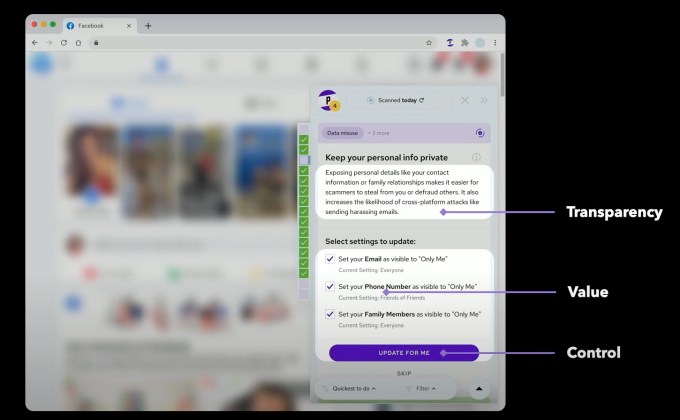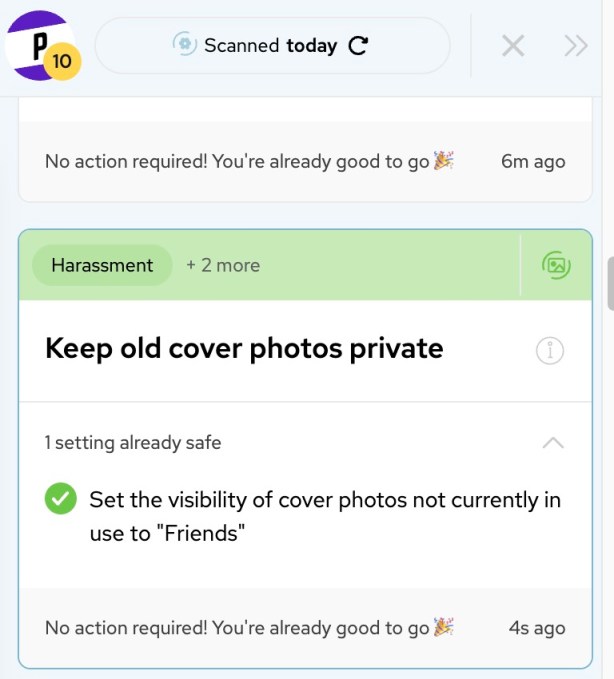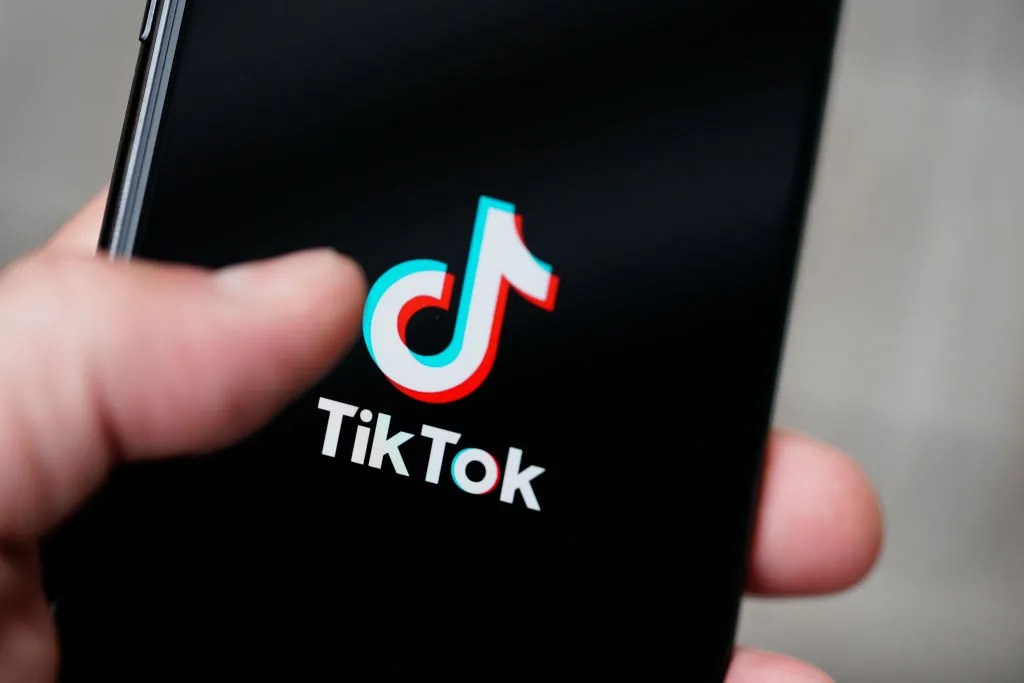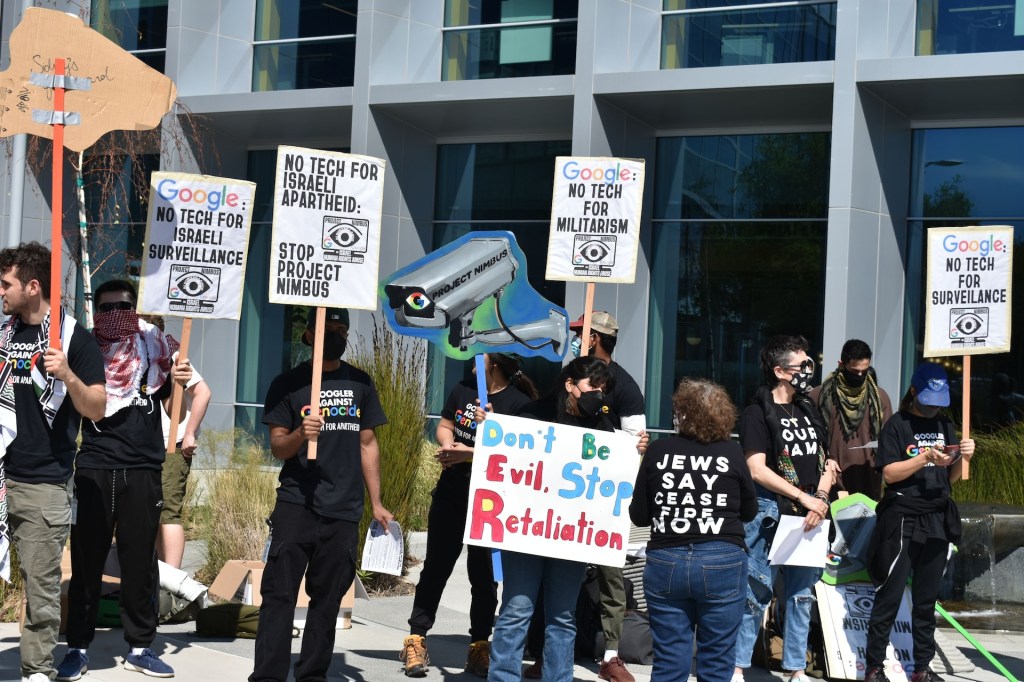 Image Credits: 07_av / Getty Images
Image Credits: 07_av / Getty Images
A flagship European Union digital market regulation appears to be shaking up competition in the mobile browser market.
It’s been a little over a month since the Digital Markets Act (DMA) came into application and there are early signs it’s having an impact by forcing phone makers to show browser choice screens to users.
On Wednesday, Reuters reported growth data shared by Cyprus-based web browser Aloha and others that it said suggests the new law is stirring the competitive pot and helping smaller browser makers gain share or at least grab more attention than they were.
But it’s early days for DMA implementation, with choice screen rollouts still a work in progress, and many EU users haven’t even seen one yet. While Aloha is not the only other browser reporting a boost in interest since the DMA compliance deadline kicked in on March 7 — Brave, Opera and Vivaldi also shared positive stories of increased interest — several others, including DuckDuckGo and Firefox, told us it’s too soon for them to be able to assess the regulation’s effect.
TechCrunch reached out to 16 alternative browser makers with questions, as well as Apple and Google, to inform our reporting. We also contacted the European Commission to ask about its own tracking of the DMA’s impact in this area — but it declined to share any data.
Neither Apple nor Google responded to questions asking about any changes in regional usage of their own browsers since the choice screens began being shown to mobile users.
Opting for choice screens
The EU’s goal for the DMA is to boost competition against internet “gatekeepers” whose control of dominant platforms gives them many operational advantages over smaller rivals. The regulation does this through a list of “dos and don’ts” that tech giants must comply with. In the case of browsers, it obliges the likes of iOS maker Apple and Google’s Android to display browser choice screens — forcing them to point users to alternatives to Apple’s Safari and Google’s Chrome.
Choice screens are intended to work against platform dominance and self-serving defaults by alerting consumers there are other options. But users do still need to decide to switch to an alternative app in order for choice screens to boost competition. The design of screens is also important.
Some alternative browser makers remain concerned the design of choice screens isn’t where it needs to be. We suspect this is leading to reluctance by some underdogs to share data on early impact, especially as the EU is currently investigating Apple’s choice screen design for suspected noncompliance.
In other words, some browser makers may be playing a waiting game in the hopes of encouraging Commission enforcers to push for a stronger implementation. At the same time, some really small browser players may see more gains to be had from good old-fashioned publicity — for example, sending out a press release trumpeting early interest — as a tactic to raise their profile to try to drive more downloads through increased awareness.
Overall, it’s still very early. Many regional mobile users may not have even seen a choice screen appear on their handset yet. Google, for instance, says screens are being displayed on newly launched Android devices but for existing Android handsets it’s up to the makers of the devices to push out the choice screens to their users. So there isn’t a clear implementation timeline on Android.
While in the case of iOS, Apple says it’s been displaying choice screens to users of iOS since iOS 17.4. But users who haven’t updated to this version also won’t have seen any yet.
Mozilla, maker of the Firefox browser, told us it estimates that less than a fifth of iOS users have been shown a choice screen so far. It reckons even fewer Android users have seen one in the wild as yet.
With this patchy Android rollout picture in mind, it seems likely that more iOS users will have seen choice screens than Android users so far — even though Google’s platform has a larger regional market share.
Measuring the impact of the DMA on alternative browsers’ market share is further complicated by variations in the apps that mobile users see in different EU countries. Some alternatives, such as Firefox, can appear on the iOS choice screen in every EU market. Whereas others are far more limited: Vivaldi, for example, can only appear in eight countries. So exposure to potential users can vary substantially depending on the browser. (Apple lists the options it’s currently showing in each market here.)
Alt browsers on the up?
Aloha, a browser that focuses on privacy and claims not to track users, told us it’s seen 250% growth in new users (i.e., app downloads) since the DMA came into effect last month. It reports having approximately 10 million active monthly users globally — and estimates that around 1 million of those are located in the EU. So it remains a very small player.
However, since Aloha says it does not collect any personal data, including location data, it told us it cannot be precise about where its users are located. Yet it told Reuters the EU had moved up from being its fourth largest market to its second largest since the DMA compliance deadline kicked in.
Aloha also claimed to have seen an uptick in users in the U.S. since the DMA came into effect — yet the regulation does not apply in the U.S. market so U.S. users aren’t encountering it via browser choice screens. Aloha told TechCrunch it believes privacy awareness is rising generally, but also suggested growth in new installs in the EU may be helping to raise its position in the U.S. App Store.
Norway-based Opera, meanwhile, is also claiming market share gains since the DMA started to bite on March 7. Per new metrics shared with TechCrunch Wednesday, Opera said new user growth from February to the end of March was 63% — so it’s reporting a substantial uptick in people downloading Opera and giving it a try.
It is also reporting a 39% growth in users on iOS selecting its browser as their default specifically, from March 3 until April 4.
Previously (as of March 18), Opera reported 164% growth in the inflow of new EU users on iOS after the deadline for Apple to implement the DMA-enforced choice screen. So there actually appears to have been a drop in the growth rate it’s seen over this period — that is, after a bigger initial spike of interest.
Regardless, Opera is sounding very happy with the extra level of interest it’s seeing. In a statement, Jørgen Arnesen, its EVP of mobile, said the DMA “is working to even the playing field,” adding: “We’re excited to see that it has become easier for users to express their browser choice and for that choice to be respected.”
Another browser maker with a positive experience since DMA compliance day is Vivaldi, which is also developed out of Norway.
It told TechCrunch it’s seen an increase of 36.7% in downloads in the EU (in total) since the iOS choice screen came into effect. But the boost in downloads is even bigger when you look at the eight markets where Vivaldi is actually being shown on iOS choice screens. In those markets it said downloads have increased 69.6% since the choice screen started being pushed at users.
Despite this uptick in downloads, Vivaldi is unhappy with the current design of Apple’s choice screen.
“There are significant flaws with its implementation, including when it is shown and what is shown,” a company spokesperson told us. “Users can only see the choice screen when they click Safari. The list of browsers does not show additional information and that does not help users to make a meaningful choice. If the user has already selected a browser of their own choice, the choice screen can actively try to push them away from it, and may not even include it in the list that it presents to the user.”
“We think the priority should be given to cross-platform browsers, so that the same browser can be used on all of the user’s devices,” she added. “Apple looks at it very narrowly, per platform and country. We believe the main browser choices should be visible and we are not. And we should be on the list for all countries.”
We also heard positive things from Brave. The U.S.-based privacy-focused browser said it’s seen “a significant uptick” in installs since the DMA came into effect. (Although it does not report users per region so declined to break out total usage figures for the EU.)
“The daily installs for Brave on iOS in the EU went from around 7,500 to 11,000 with the new browser panel this past March,” per a company spokesperson. “In the past few days, we have seen a new all time high spike of 14,000 daily installs, nearly doubling our pre-choice screen numbers.”
“Regarding retention, users who are choosing Brave from the DMA screen are being retained equally to or better than our average,” she added, arguing that, overall, the uptick in interest it’s seeing “confirms that users want choice.”
On the flip side, three other alternative browsers that we contacted — DuckDuckGo, Ecosia and Firefox — suggested it’s too early to tell whether the DMA is helping them.
Veteran privacy-focused browser maker DuckDuckGo declined to share any data, saying it’s too soon to draw meaningful conclusions.
“While we’ve seen some positive signs, the choice screen rollout is ongoing and for a competitor like us that sees billions of searches and millions of downloads a month, we need more time to make an accurate impact assessment at scale,” it said in a statement.
DuckDuckGo also told us it lacks access to “key information” to be able to assess the DMA’s impact, saying, for example, that it has no way of knowing how many people have seen a search engine or browser choice screen.
“This is key because it would help us understand our selection rate on a choice screen and how widespread the rollout has been,” it noted, adding: “We’re at the beginning of this journey, not the end.”
Another alt player, the not-for-profit, tree-planting and eco-action focused Ecosia, also told us it doesn’t have enough data to make an accurate assessment of the regulation’s impact. “We have not received selection rates or any other meaningful datasets, so it is hard for us to solidly report on the effectiveness of the choice screen at this stage,” said Sophie Dembinski, its head of public policy and climate action.
She emphasized Ecosia isn’t happy with the current iOS choice screen, which it believes is hampering potential growth — also pointing to the Commission’s open case investigating Apple’s implementation.
“While Ecosia has jumped to second and third position in some European markets for utility apps in the Apple App Store, our search numbers have barely changed,” she said. “This is due to several design issues within Apple’s choice screen — such as showing the choice screen to users who have already selected an alternative choice to Safari; an overly complex installation process which loses a large number of users; and keeping the Safari browser app in the best position on the home screen.”
Another veteran browser player, Firefox, is also keeping its powder dry when it comes to assessing early impact.
“We are not currently sharing absolute numbers, both because we have some serious concerns about the current choice screens and because we estimate that less than 20% of users on iOS and likely less on Google have been exposed to them thus far,” said Mozilla’s Kush Amlani, global competition and regulatory counsel.
“The DMA represents a once-in-a-generation opportunity to create competition and choice for EU consumers. Whether that potential is realized depends on the gatekeepers’ compliance and the European Commission’s enforcement,” he emphasized, also referencing the Commission’s probes into suspected gatekeeper non-compliance.
“While we’re seeing many thousands of people select Firefox on the choice screens, we don’t think this should distract from the fact that the iOS choice screen has significant flaws that block people from making genuine choices,” Amlani added. “The critical challenge is that powerful and deep-pocketed gatekeepers are incentivized to protect their existing closed ecosystems and fight the implementation of the DMA, which will open them up to competition.”
TechCrunch’s outreach to browser makers that may benefit from the DMA choice screens also yielded one report of no meaningful impact since the requirement kicked in: Yandex, a Russia-based browser that can appear on the iOS choice screen anywhere in the EU, told us it hasn’t seen “any meaningful changes in the user metrics in the region so far.”
In Yandex’s case, its possible disinterest in switching could be linked to consumer concerns about using or supporting software that’s developed in Russia in light of the Ukraine war.
Apple, Google and Meta face first formal investigations under EU’s DMA
Europe’s DMA rules for Big Tech explained













